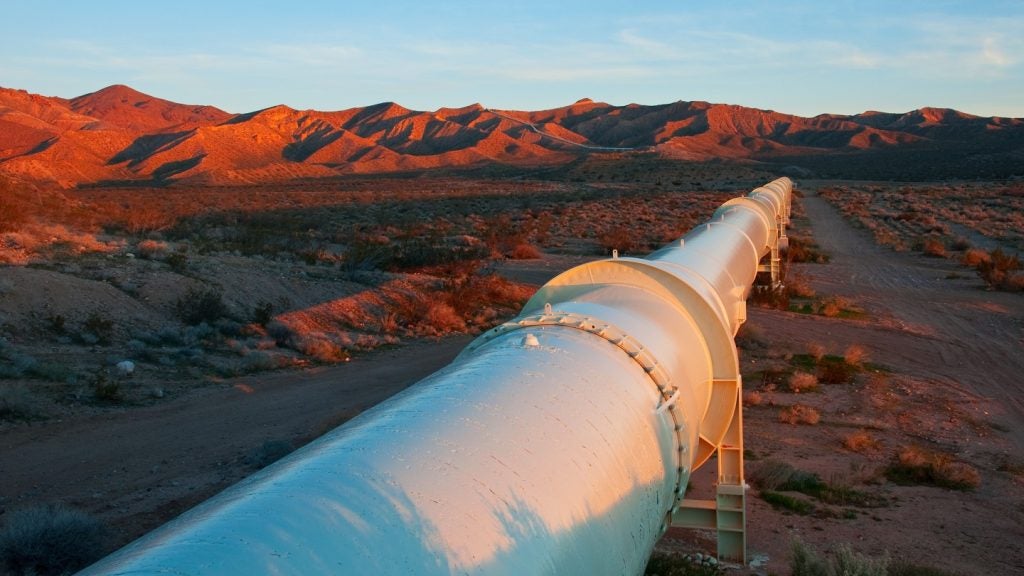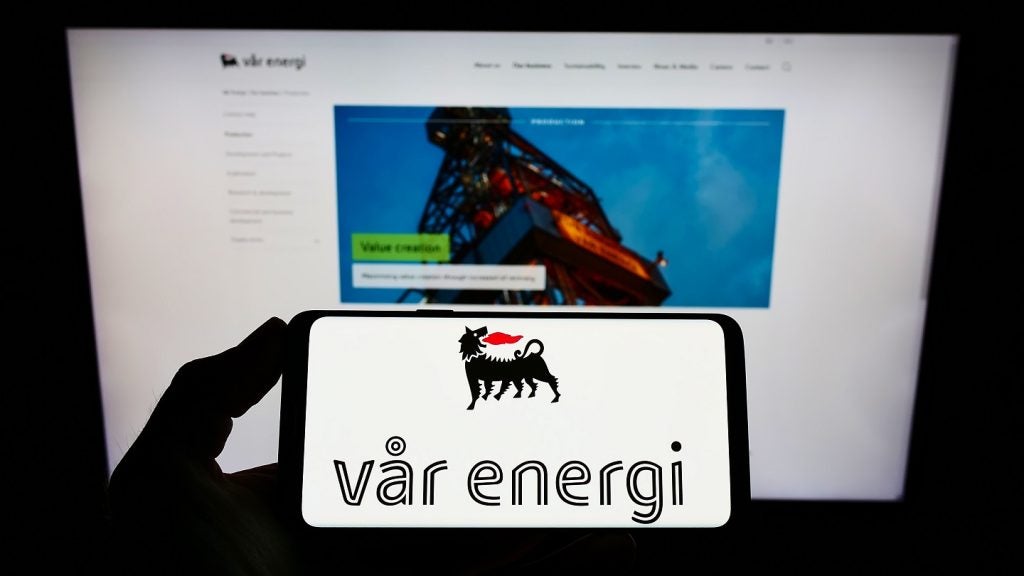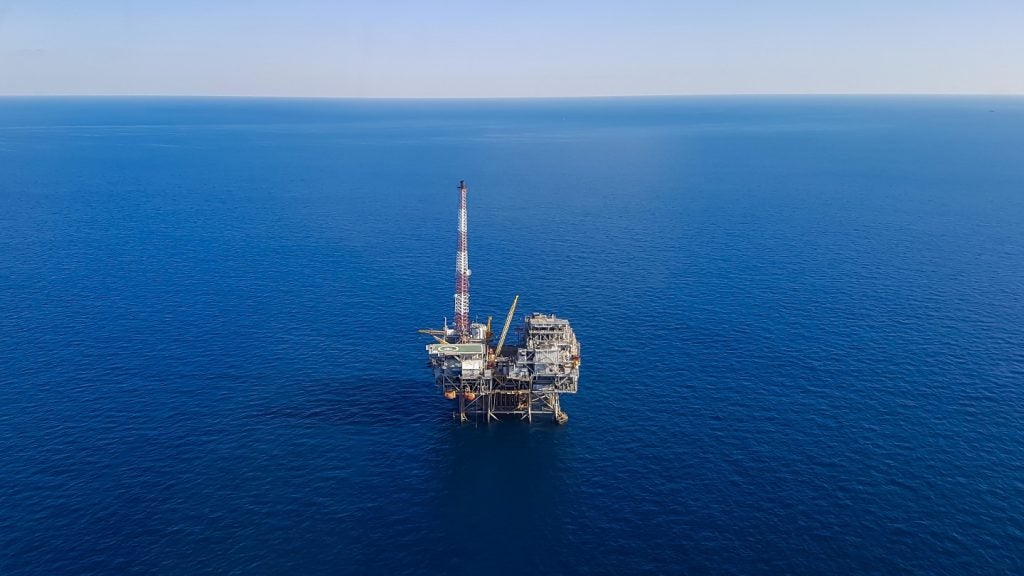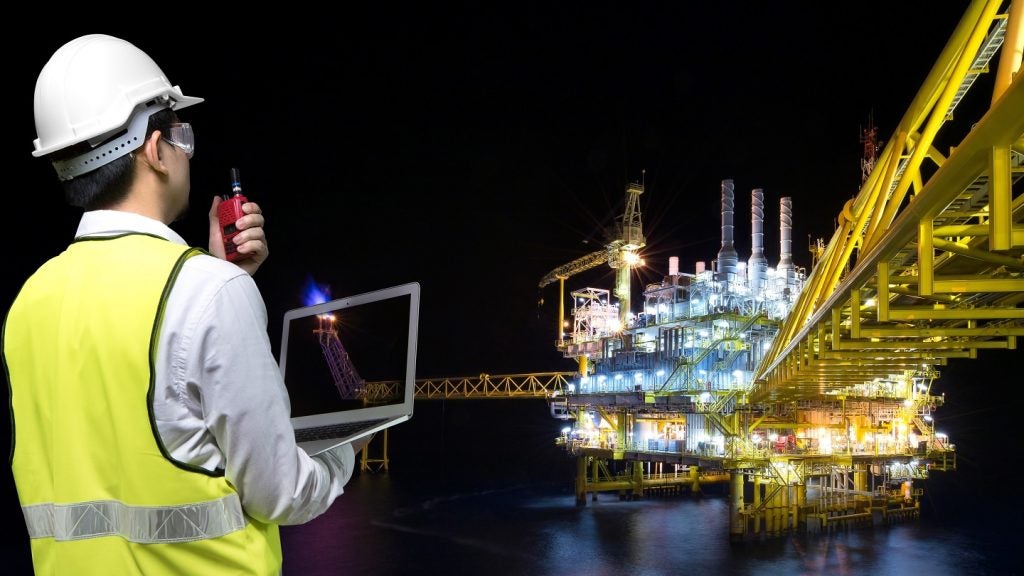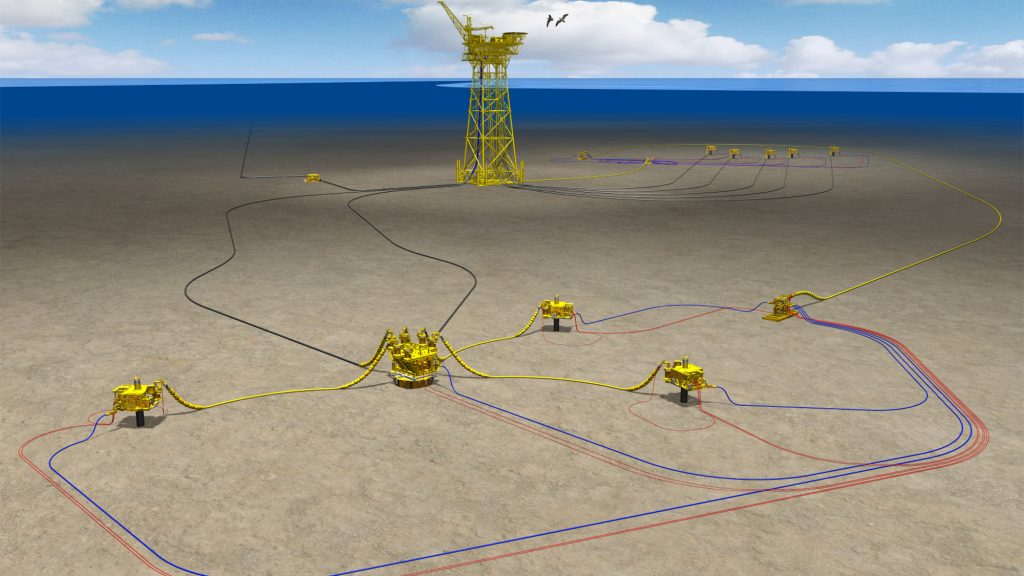
BP Trinidad and Tobago (BPTT) has commenced production from the Matapal subsea gas development offshore Trinidad.
Located 80km off Trinidad’s south-east coast and in a water depth of 163m, the Matapal project will have a production capacity of 400 million standard cubic feet per day (MMscfd) of gas.
It is being developed as a three-well subsea tieback to the existing Juniper platform to reduce development costs and the associated carbon footprint.
BPTT president Claire Fitzpatrick said: “Natural gas will play an important role in the energy transition and to the economy of Trinidad and Tobago for decades to come.
“This is why our team at bpTT has worked diligently to safely start up our Matapal project, which we successfully achieved both under budget and ahead of schedule.
“We are committed to a strong energy future in Trinidad and Tobago and this project plays a critical role in delivering that.”
How well do you really know your competitors?
Access the most comprehensive Company Profiles on the market, powered by GlobalData. Save hours of research. Gain competitive edge.

Thank you!
Your download email will arrive shortly
Not ready to buy yet? Download a free sample
We are confident about the unique quality of our Company Profiles. However, we want you to make the most beneficial decision for your business, so we offer a free sample that you can download by submitting the below form
By GlobalDataBP said that the Matapal will deliver the gas from resources discovered by the Savannah exploration well drilled in 2017.
The project is the second subsea development for BPTT, which is a consortium of BP (70%) and Repsol (30%).
Gas produced from the project is expected to be pooled with production from other BP fields. It will be supplied as feedstock for ammonia, methanol, and LNG plants, as well as for power generation in the country.
Currently, BPTT has 15 offshore production platforms, contributing to half of the nation’s gas production.
In July 2021, BP started production from the East South flank, the new phase of its Shah Deniz II gas field in the Caspian Sea offshore Azerbaijan.



